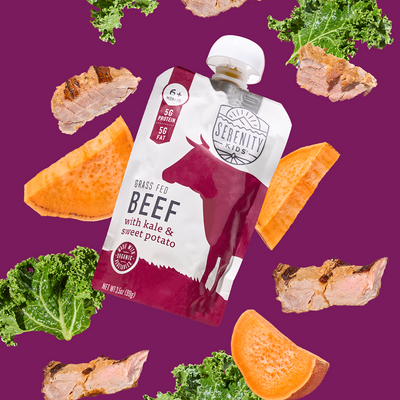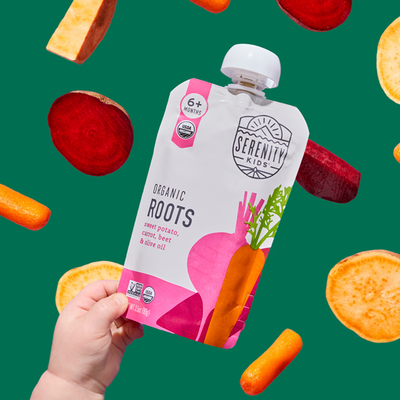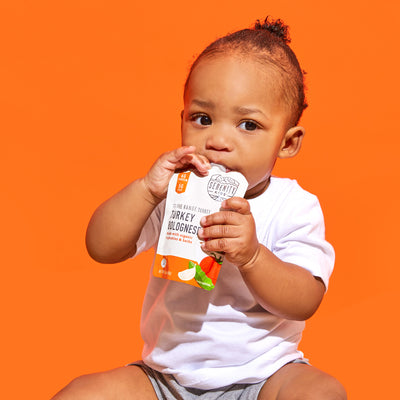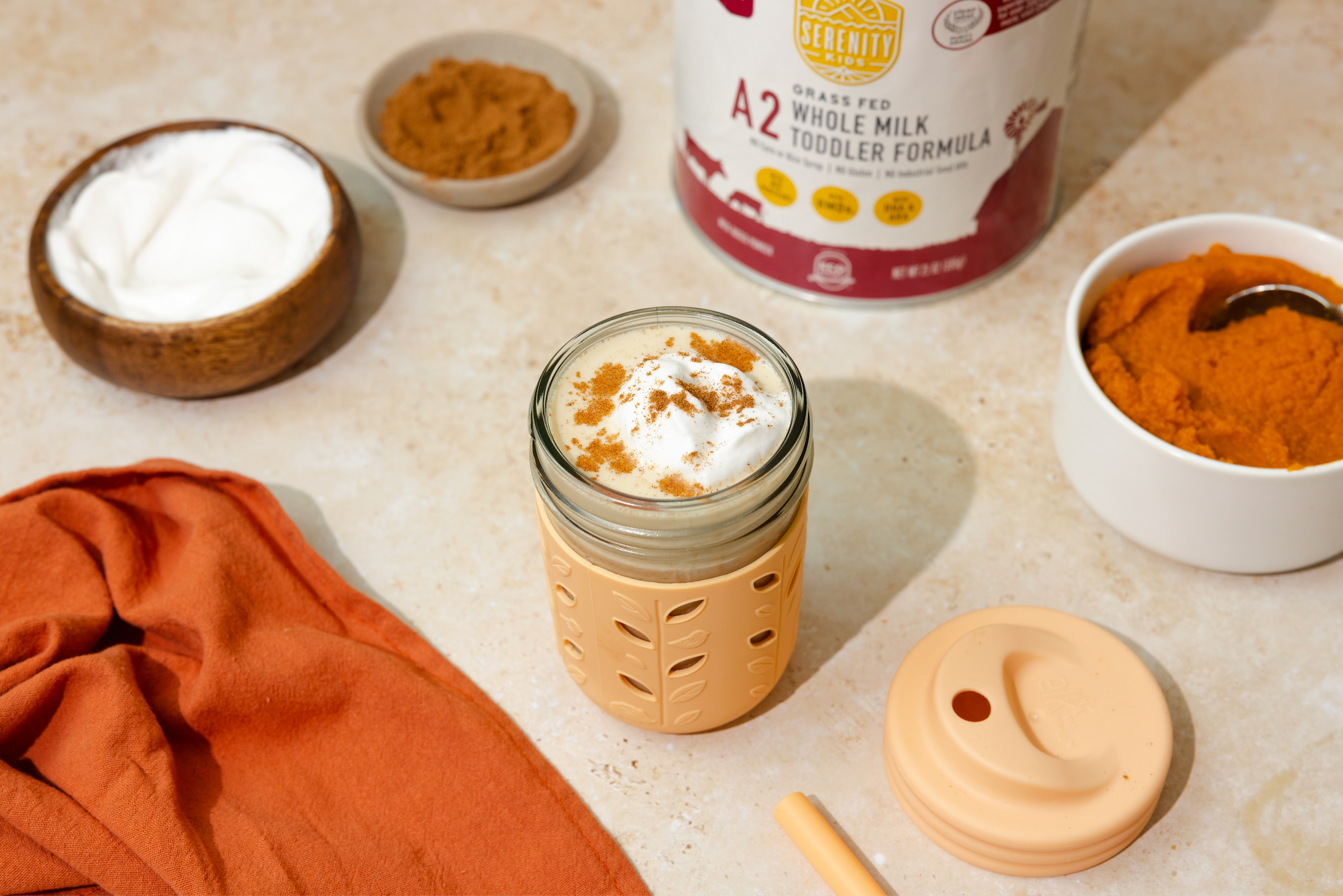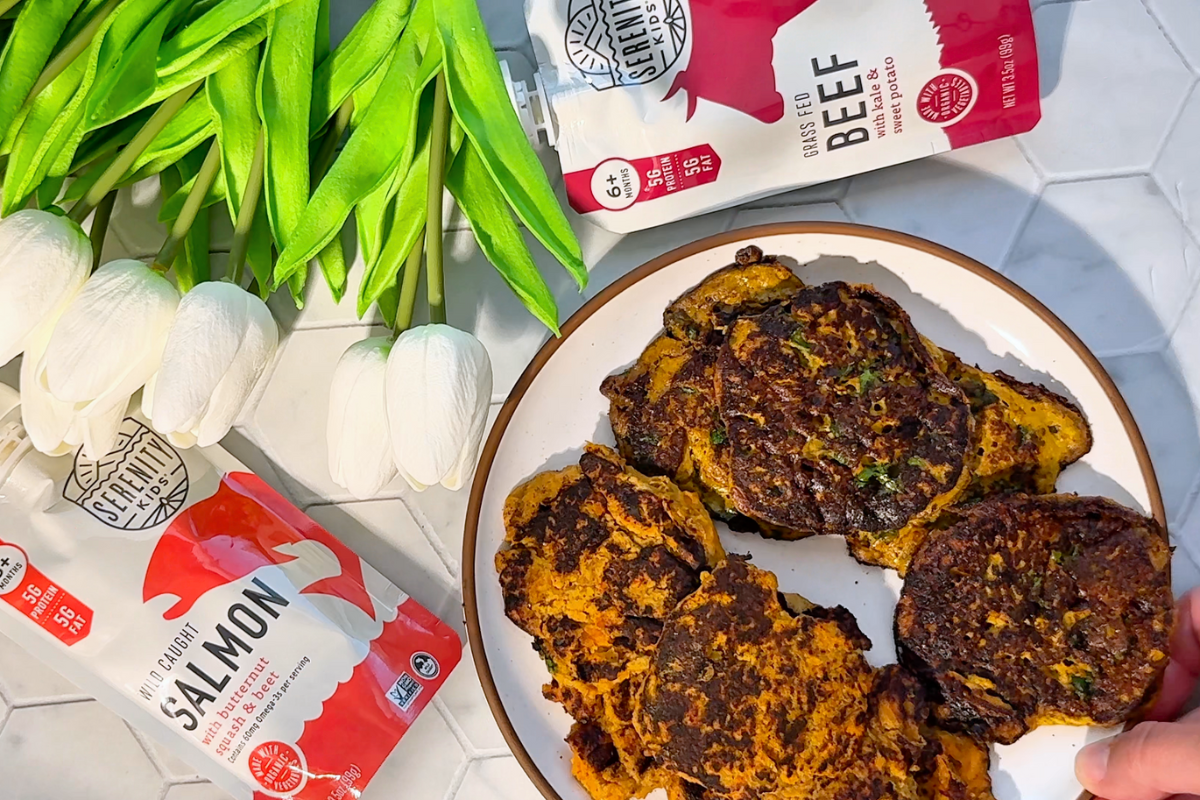Halloween was always my favorite holiday because I’m a total sugar addict. Pillowcases full of candy, mountains of brightly-colored plastic wrappers, the crinkly sound of swimming my hands around in the sea of sugar… Fond memories!
I remember my parents trying to moderate the amount of candy I could eat each day. They tried to hide the pillowcase with candy on the top shelf of our linen closet. I must have been around 5 years old. I would wait until they weren’t looking and climb to the top of the closet, bring the bag down, scarf down a few pieces, and then... PUT IT BACK.
Because I was no dummy.
I knew if they found out I knew where the stash was, they would get rid of it. Suckers!
Now that I’m a parent of a 2-year-old, I’m getting nervous about her first trick-or-treating holiday and wondering what to do about the impending sugar avalanche. Being a recovering sugar addict, I’m fully aware of the dangers of added sugars, which can hurt our health over time.
All parents want to protect their kids, but no one wants to be the parent who spoils the fun. Fortunately, the thrilling parts of Halloween ARE possible without all the excess sugar — and without struggles between parents and kids over candy allowances.
There’s no “right” way to set boundaries around candy, and every parent will make a different decision about what works best or feels right for the family. We haven’t had huge conversations around candy with Della. She hasn’t had any other than some tiny pieces of dark chocolate. Joe and I are learning, along with all parents, and we’re trying some new strategies this Halloween.
Other parents have used the methods below to help kids manage their relationship to candy, and we’re excited to share our research with you!
How to Talk About Candy with Your Kids
One thing we’ve learned is that strict limitations don’t always empower our kids to make the best choices. Exposure to candy also arrives quicker than you might think, especially if a child goes to school or has friends who eat sweets more regularly.
Intentionally approaching the topic gives parents the opportunity to provide tools their kids might not get elsewhere. Successful conversations center around three key ideas:
- Alignment: Everyone who cares for a child should agree around the chosen strategies for managing candy beforehand and be able to firmly share these with other caregivers (like grandparents). Will we limit candy? If so, how will we set limits? Which values would we like to convey to our kids through our language? Parents should have these conversations with each other privately to be on the same page before communicating the ideas to their kids.
- Moderation: Dr. Charlotte Markey tells the NY Times that there’s plenty of research to show “that kids who are restricted around treat foods often just want to eat them more.” Consider relaxing strict limitations around sweets, especially on the big night. After all, according to a study conducted by The Nemours Foundation, more than 60% of kids say they set their own limits!
- Redirection: Although candy often dominates the scene, there’s a lot more to love about Halloween. What would you like to emphasize in your celebration instead? Maybe it’s the creativity of costume design or the community engagement that’s part of trick-or-treating. Parents can focus on the healthy habit so kids see there’s more fun in the rituals around Halloween candy than in candy-eating itself.
How to Curb Candy Intake
This Halloween, we’ll try a moderation approach with Della by asking her to choose her ten favorite pieces of candy and give the rest away. However you decide to set guidelines for kids, remember that added sugars are only damaging over a long term. One night of eating candy, if it doesn’t become a habit, won’t hurt.
That said, many parents use these strategies to give their kids structured ways to navigate the bags of candy they bring home:
- Donating: Just like we’ve planned for Della this year, some parents choose to get rid of a portion of their kids’ Halloween candy. Discarding doesn’t need to mean tossing: some kids pass out the candy they’ve collected to other trick-or-treaters later in the night, or they donate to homeless shelters and soup kitchens. Great places to donate include Treats for Troops, Operation Gratitude, and more.
- Rationing: Parents can also let kids eat a fraction of the candy on Halloween night and give only a certain amount of candy per day after that. Some kids have no limits on the night and stricter limits on the days that follow. The right rationing structure is up to parents and their kids. Parents can even invite their children into the decision-making process! What are the pros and cons of each system? It’s amazing how creative kids can be with setting their own limits. They’ll often choose stricter systems than we would have!
- Upcycling: Transform your leftover candy into engaging science experiments or art projects. Use Skittles and milk to make a beautiful rainbow or test the acidity of candy with water and baking soda. As a bonus, kids can craft things like purses, earrings, and phone cases with their candy wrappers!
- Incentivizing: Offer appealing alternatives to eating candy. For example, some parents buy candy from their kids or allow kids to trade in candy for other things they want, like games, clothing, toys, or trips to the movies. Parents can set expectations in advance so kids know what’s available to them.
- Monitoring: Kids sometimes benefit from a little extra support. Parents can store candy in a designated place away from their kids’ bedrooms, and they might even establish that only a parent can access and distribute the candy.
- Modeling: Our kids do as we do, not as we say. Seeing us actively limiting our own sugar intake can powerfully influence our kids. By modeling, caregivers show how to practice moderation or find satisfying alternatives to indulging in candy.
What to Give Instead of High-Sugar Candy
As part of positive modeling, parents can distribute candy alternatives to trick-or-treaters on Halloween night. Parents might also invite kids to give their opinions about the alternatives: perhaps families hold taste tests of healthier options or conduct surveys about non-food possibilities.
We prefer great-tasting, low-sugar snacks that don’t contain sugar substitutes like erythritol, which can be controversial. Here are some of our tried-and-true low-sugar candy selections:
- SmartSweets gummy bears
- YumEarth pops
- SkinnyDipped chocolate-covered almonds
- UnReal peanut butter cups and candy-coated gems
- Tiny pieces of dark or bitter chocolates
And here are some non-food item that we think can be as fun as candy:
- Glow sticks or necklaces (the number-one non-candy item kids get on Halloween)
- Stickers
- Stylish school supplies (pencils, notepads, etc.)
- Simple toys
Another upside to non-food items is that they can be sanitized easily and accommodate the needs of even more children, like those who have allergies or wear braces.
Let us know in the comments which of these strategies you use or might try! Share your ideas, too. We’re always looking for new ways to help our kids make healthier decisions.




